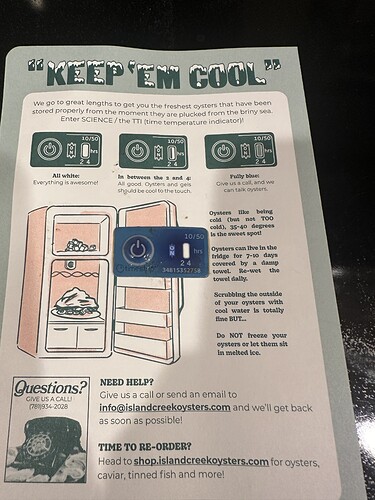Frozen fish, milk, ice cream, etc., is shipped in freezers or refrigerated trucks. Any damage is immediately obvious and the products are usually consumed very quickly, so damage will lead to immediate complaints and returns. And, as I mentioned, people are not buying ice cream on the internet and having it shipped across the country. If you order meats, etc., from far away, it’s usually shipped in styro with cold packs and shipping is usually overnight. If you ask for Fed Ex ground, you’re going to get spoiled products.
So if you’re willing to pay, you can have your wine shipped overnight, exactly the same way you’d have meat or cheese shipped.
But to expect that a single case of wine, or six cases, that are coming UPS or Fed Ex, are going to be handled by those companies as perishables and kept in cool conditions? That’s a bit much. It’s not the business they are in. They just move packages. They don’t specialize in food or perishable deliveries. If a shipper puts something that’s perishable in a box and and sends it UPS ground or Fed Ex ground, that’s on the shipper and the buyer. It would be cost-prohibitive for UPS or Fed Ex to set up cold storage at every facility on the odd chance that somebody someday might order a few cases of wine.
So if you’re really sweating it, then pay the extra and have it shipped overnight as a highly perishable item.
On top of that, as others have said and I’ve posted in the past, you have no idea what conditions your wine was in before you got them into your cool cellar. I can promise you that no wine has been kept in under 65F from the time it’s made until the time it’s at your table. Go to some of the top-rated stores in Manhattan and you’ll see pallets of wine on the sidewalk in 90+ degrees. Not for six hours, but for enough time that anyone on this board would be stressed. And few distributors, particularly the small ones, don’t deliver in refrigerated trucks. So best you can hope is that when the wine is coming from New Jersey into Manhattan and it’s spending a few hours stuck in traffic, at least the guy might have the AC on. And then it’s sitting in a store that is not kept at 60 degrees. Then it gets shipped to you and the only part of the journey that matters is that final shipping?
The reason wine is not treated like milk is because it isn’t milk. Millions of bottles are sold every year and there isn’t a big hue and cry about spoiled wine. And there are several reasons for that. First, as others have said, wine is a little more robust than people think. Second, shippers to take “reasonable” precautions, e.g. a lot of them essentially shut down shipping during the hottest months. Third, 99% of the population wouldn’t know if the wine was damaged anyway, including most on this board. Fourth, it would raise the price of wine and people would not like that. Finally, the current method seems to be working and nobody is going to solve a problem that isn’t apparent. There’s no money in solving theoretical problems and if there is in fact some damage, it’s cheaper to give one complaining guy a refund than to invest in new infrastructure to please that guy.
Do I have wine shipped in heat? No. There’s someone who’s pushing me right now to take delivery of a few cases from the opposite coast but I don’t want them sent until December. Then I’ll have them sent ground, as I’ve done for many years. After many dozens of cases, you kind of figure out that the wine will be fine. Only twice have I had problems and in both cases, the shipper immediately refunded my money.
